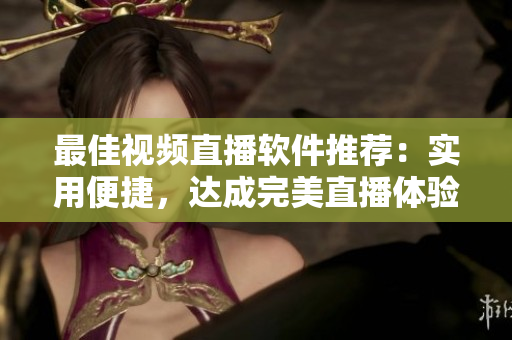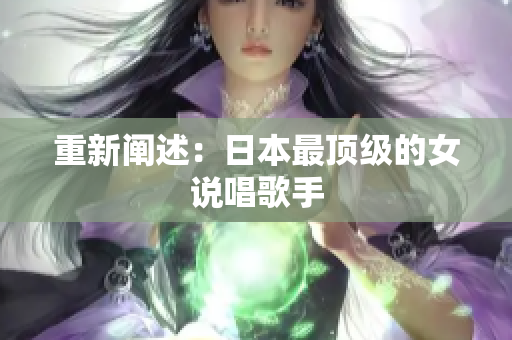English Teacher Behaving Soundly by Tying Up Her Skirt
As a symbol of discipline, commitment, and professionalism, English teachers are highly respected in both academic and social dimensions. The way they dress and behave in public reflects their personality, values, and mission of imparting knowledge to their students while also adhering to ethical standards. Therefore, it is essential for English teachers to maintain a decent, conservative, and appropriate dress code, especially when giving lectures, attending conferences, or interacting with their colleagues and students.
One critical aspect of the dress code for women teachers in many countries is the length of their skirts. In general, skirts should cover the knees or be slightly above them to ensure modesty, comfort, and safety. However, some teachers may struggle with the challenge of keeping their skirts in place while moving around the classroom, sitting, or standing for long hours. That's when the skill of tying up the skirt comes in handy, as it enables teachers to walk and avoid any potential awkward situations without distracting their students or compromising their dignity.
In the Western culture, especially in Europe, teachers, and scholars have a long tradition of excellence in humanities and arts. They value critical thinking, creativity, and cultural diversity, and often integrate these elements into their teaching style and subject matter. Therefore, it is not surprising that many English teachers in the West also express their artistic and intellectual personalities through their fashion sense and personal style, including the way they tie up their skirts. Some teachers may choose to wear colorful, patterned, or embroidered skirts that reflect their cultural background or current mood, while others may prefer simple and classic designs that exude elegance and sophistication.
Exploring the World of Vloggers: Tangerine-Heart and Her Short Videos
With the boom of social media and digital technology, vlogging (video blogging) has become a popular form of self-expression, entertainment, and education for millions of people worldwide. Vloggers can create and share short videos that showcase their daily routines, hobbies, experiments, opinions, and insights with a global audience, often in a fun, engaging, and interactive way. Many vloggers specialize in a particular niche or theme, such as beauty, fashion, food, travel, music, sports, or education, depending on their interests, skills, and audience demographics.
One of the rising stars in the vlogging world is Tangerine-Heart, also known as Zomo Cat in some circles. She is a creative and talented young woman from China who shares her passion for life and learning through her unique and captivating short videos. Tangerine-Heart's channel features a wide range of topics, including literature, language, art, fashion, and culture, with a focus on her personal experiences and perspectives. She also interacts with her followers through comments, live streams, and polls, creating a sense of community and connection among her fans from all over the globe.
What sets Tangerine-Heart apart from other vloggers is her distinctive style and flair, which combines a sense of innocence, humor, and elegance. Her videos are well-produced, edited, and formatted, with catchy titles, subtitles, and music that enhance the overall impact. Moreover, Tangerine-Heart pays attention to details, such as the background setting, lighting, and outfits, which reflect her personality and mood. Her fans admire her courage, resilience, and positivity, as well as her intellectual curiosity and compassion for others.
Learning from the Little Ones: The Joys and Challenges of Teaching Preschoolers
Teaching preschoolers is not for the faint-hearted, as it requires patience, creativity, energy, and above all, a genuine love for children. Preschoolers, also known as pre-kindergarten or kindergarten kids, are typically aged from 3 to 5 years old, and are at a critical stage of their cognitive, social, and emotional development. They are eager to learn, explore, and express themselves, but may also be easily distracted, shy, impulsive, or restless. Therefore, teaching preschoolers requires a holistic approach that addresses their physical, emotional, and intellectual needs, and provides a safe, stimulating, and engaging environment for them to thrive.
One of the main challenges of teaching preschoolers is to capture their attention and maintain their interest and motivation. Since most preschoolers have a short attention span, teachers need to use a variety of strategies and techniques to keep them engaged with the learning activities. These may include singing, dancing, storytelling, puppetry, role-playing, hands-on experiments, and games, among others. Moreover, teachers must also monitor the students' progress and adjust the pace and content of the lessons to match their abilities and interests.
However, teaching preschoolers can also be a source of joy, inspiration, and satisfaction. Preschoolers are curious, spontaneous, and imaginative, and can bring a lot of fun and excitement into the classroom. They also have a pure and innocent view of the world, which can remind teachers of the beauty and simplicity of life. Through teaching preschoolers, teachers can learn to be more patient, creative, flexible, and empathetic, and can develop a deeper appreciation for the joys and challenges of education.









